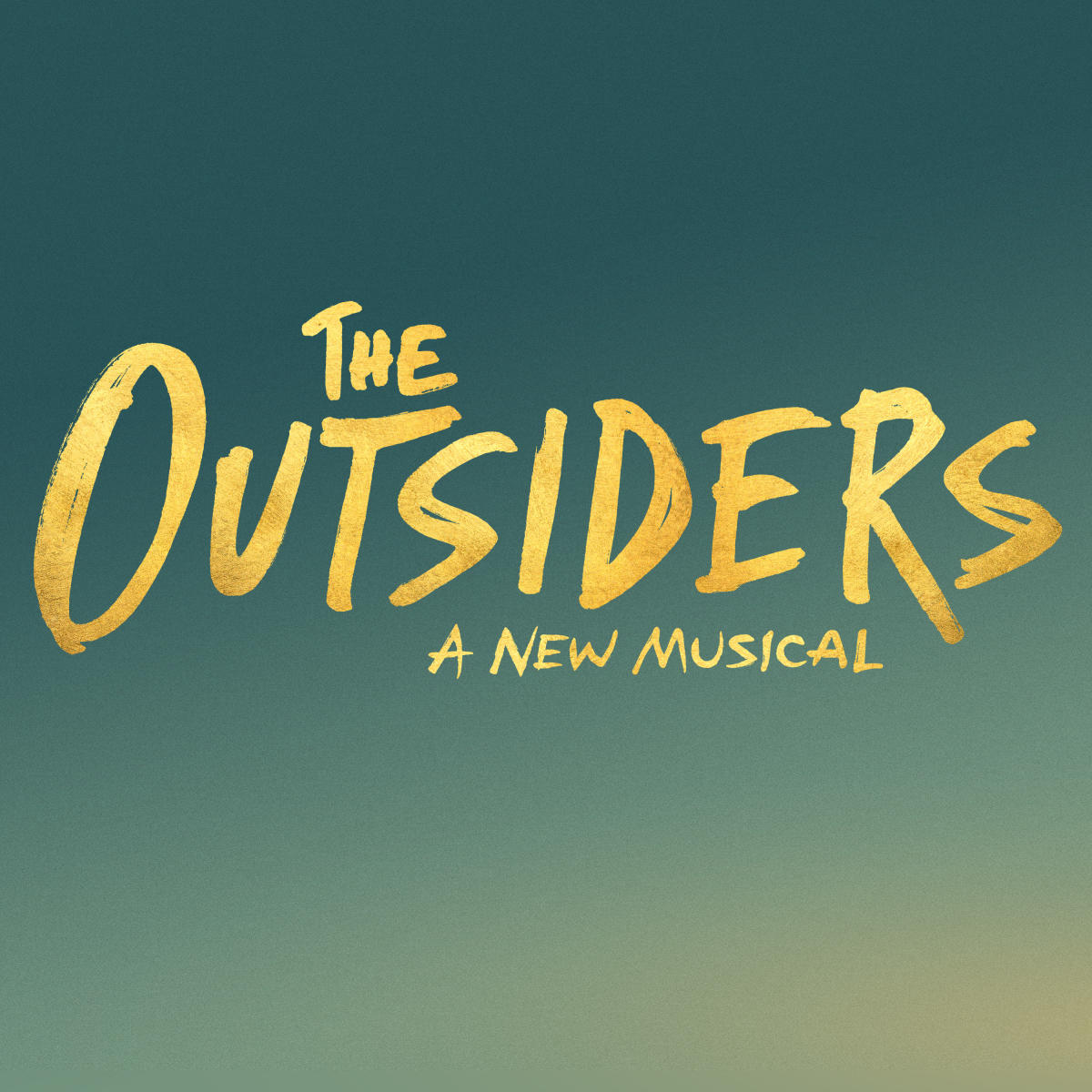Historical Context and Cultural Significance
Outsiders musical – The musical “Outsiders” premiered in 1968, a time of great social and cultural upheaval in the United States. The Vietnam War was raging, the Civil Rights Movement was in full swing, and the youth counterculture was emerging.
The musical’s story, based on S.E. Hinton’s novel of the same name, resonated deeply with this turbulent era. It explored themes of class conflict, teenage rebellion, and the search for identity, all of which were relevant to the experiences of young people at the time.
Class Conflict
The musical’s central conflict is between the “Greasers” and the “Socs,” two rival gangs from different socioeconomic backgrounds. The Greasers are poor and working-class, while the Socs are wealthy and privileged.
This class conflict is a reflection of the larger social tensions that existed in the United States in the 1960s. The gap between the rich and the poor was growing wider, and there was a growing sense of resentment among the working class.
Teenage Rebellion
The musical also explores the theme of teenage rebellion. The Greasers and the Socs are both rebellious against the authority figures in their lives, whether it be their parents, teachers, or the police.
This rebellion is a reflection of the growing youth counterculture of the 1960s. Young people were rejecting the values of their parents and seeking new ways to express themselves.
Search for Identity
Finally, the musical explores the theme of the search for identity. The Greasers and the Socs are both trying to figure out who they are and where they belong.
This search for identity is a common experience for young people, and it is a theme that has been explored in many works of literature and art.
Characters and Relationships

The “Outsiders” musical delves into the lives of a group of teenagers from different backgrounds, exploring their complex relationships and personal journeys. The main characters, Ponyboy, Johnny, and Dally, each possess unique personalities and motivations that shape the narrative.
Ponyboy Curtis, the narrator and protagonist, is an intelligent and sensitive young boy who struggles to find his place in a world divided by social class. Johnny Cade, a shy and withdrawn boy from the wrong side of the tracks, forms a close friendship with Ponyboy and faces challenges related to poverty and abuse. Dally Winston, the enigmatic and rebellious leader of the greasers, serves as a mentor and protector for Ponyboy and Johnny, but his reckless behavior and troubled past ultimately lead to tragedy.
Friendship and Loyalty, Outsiders musical
The bonds of friendship and loyalty are central to the characters’ relationships. Ponyboy and Johnny’s friendship transcends their differences and provides them with solace and support in the face of adversity. Dally’s loyalty to his fellow greasers is unwavering, even when it conflicts with his own well-being.
Conflicts and Growth
The characters in “Outsiders” face numerous conflicts, both internal and external. Ponyboy grapples with the aftermath of a traumatic event, while Johnny struggles with his sense of guilt and responsibility. Dally’s internal conflict stems from his troubled past and his desire for redemption. Through these challenges, the characters experience significant growth and transformation, evolving into more mature and self-aware individuals.
Betrayal
Betrayal plays a significant role in shaping the characters’ relationships. Dally’s betrayal of Johnny’s trust ultimately leads to tragic consequences. Ponyboy’s sense of betrayal by his friends and the unfair treatment of the greasers by society fuels his anger and disillusionment.
The complex relationships between Ponyboy, Johnny, and Dally in “Outsiders” highlight the enduring themes of friendship, loyalty, conflict, and growth. These characters’ journeys serve as a poignant reminder of the power of human connection and the challenges of navigating the complexities of adolescence and social division.
Musical Elements and Staging: Outsiders Musical

The musical score of “Outsiders” is a vibrant and eclectic mix of rock, pop, and folk music. The songs, composed by Jason Robert Brown, are both catchy and emotionally resonant, and they play a vital role in storytelling and character development.
Songs and Lyrics
The lyrics of the songs are particularly noteworthy. They are often poetic and evocative, and they capture the raw emotions and experiences of the characters. For example, the song “Stay Gold” is a poignant ballad about the importance of staying true to oneself, while “Wind in My Hair” is a more upbeat anthem about embracing the freedom and possibilities of youth.
Instrumentation
The instrumentation of the musical is also noteworthy. The band consists of a variety of instruments, including guitars, drums, bass, and keyboards. The music is often sparse and atmospheric, which helps to create a sense of intimacy and vulnerability.
Staging and Choreography
The staging and choreography of “Outsiders” are also highly effective. The show makes use of a variety of staging techniques, including projections, lighting, and movement. The choreography is often athletic and energetic, and it helps to create a sense of urgency and excitement.
Use of Space
The use of space in “Outsiders” is particularly noteworthy. The show is often performed in a small theater, which helps to create a sense of intimacy and claustrophobia. The set is simple and spare, and it is often used to create a variety of different locations.
Lighting
The lighting in “Outsiders” is also highly effective. The show makes use of a variety of lighting techniques, including spotlights, backlighting, and color washes. The lighting is often used to create a variety of different moods and atmospheres.
Movement
The movement in “Outsiders” is often athletic and energetic. The choreography is often used to create a sense of urgency and excitement. The dancers are often used to represent the inner thoughts and emotions of the characters.
